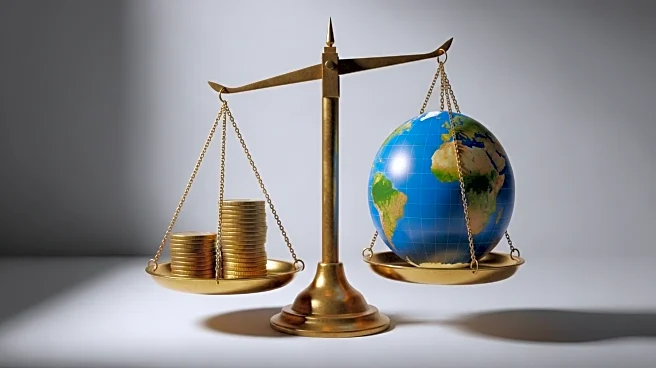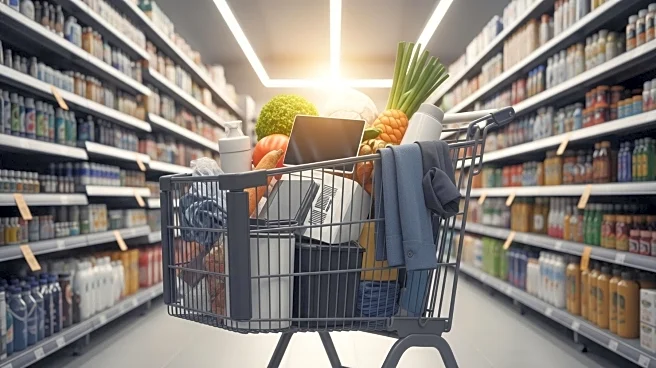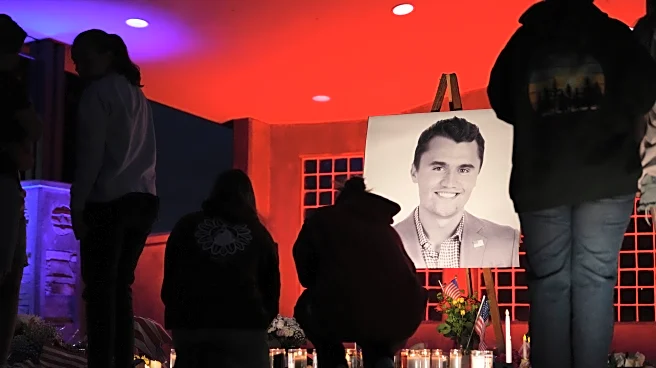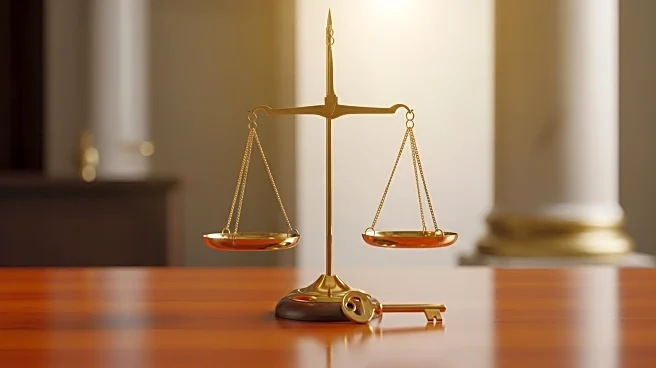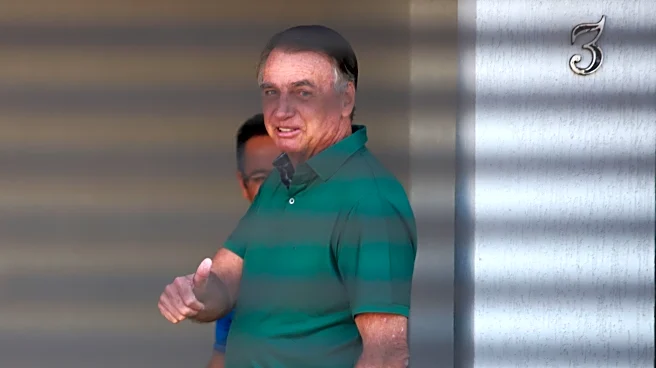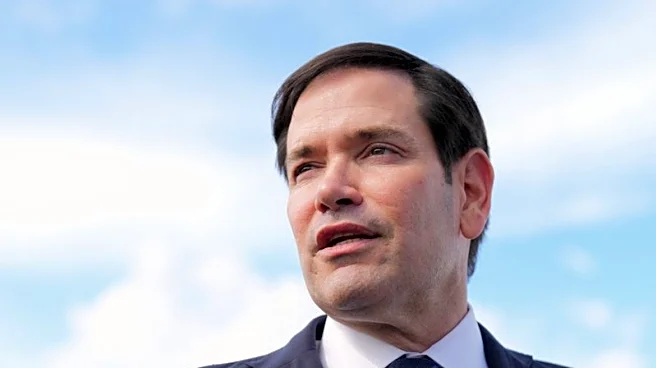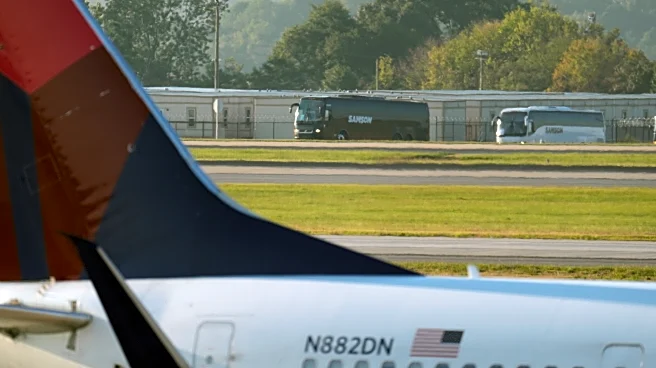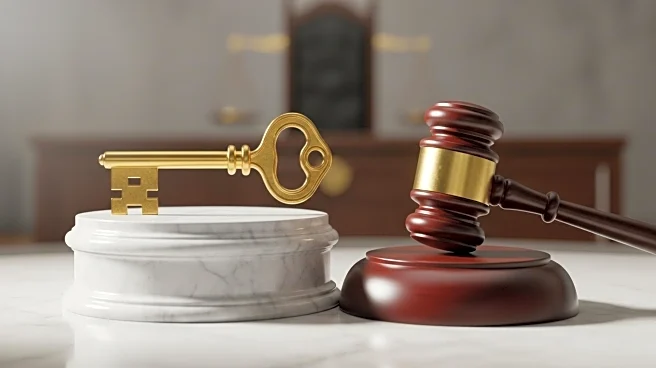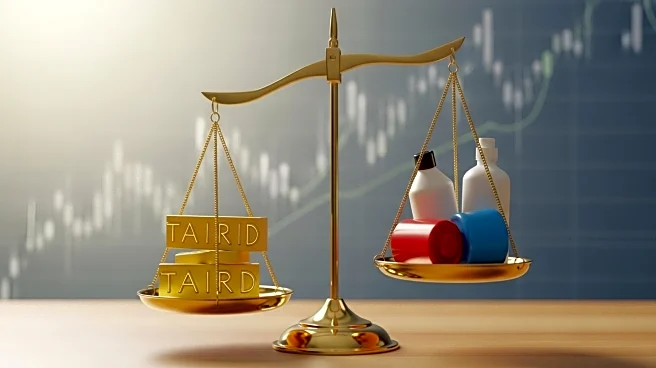What's Happening?
A report from The Budget Lab at Yale suggests that President Trump's current tariff policy could lead to nearly 1 million more Americans falling below the poverty line by 2026. The tariffs, which have been a significant part of President Trump's economic strategy, are intended to protect domestic industries by imposing taxes on imported goods. However, the report indicates that these tariffs may have adverse effects on the economy, potentially increasing the cost of goods and reducing consumer purchasing power, thereby pushing more individuals into poverty.
Why It's Important?
The potential increase in poverty levels due to tariff policies could have widespread implications for the U.S. economy and society. Higher poverty rates may lead to increased demand for social services and government assistance programs, straining public resources. Additionally, businesses may face reduced consumer spending, impacting their revenues and potentially leading to job cuts. The policy could also influence public opinion and political discourse, as economic hardship often becomes a focal point in elections and policy debates.
What's Next?
If the predictions hold true, policymakers may need to reassess the tariff strategy and consider alternative measures to support domestic industries without exacerbating poverty. Economic analysts and political leaders might engage in discussions to find a balance between protectionism and economic welfare. The upcoming elections could also see candidates addressing these economic concerns, potentially influencing future policy directions.
